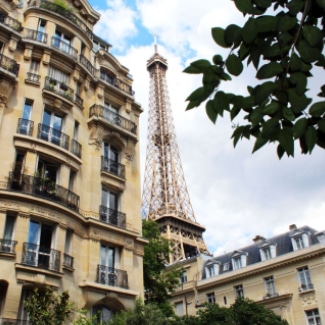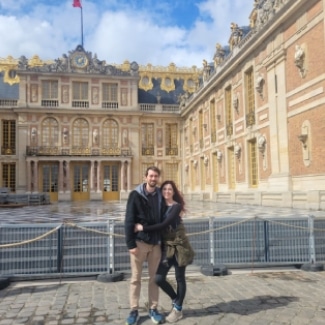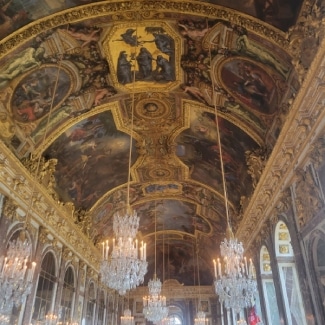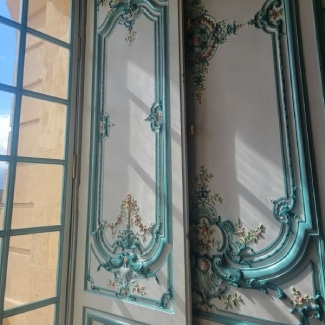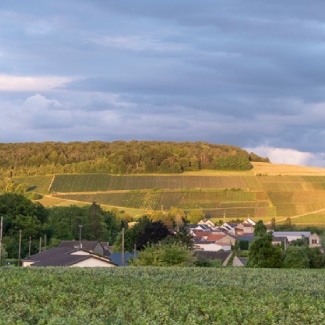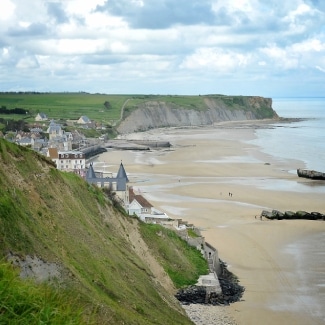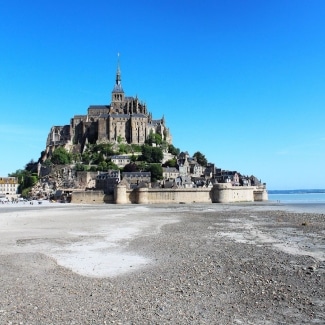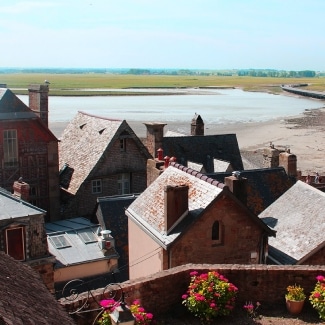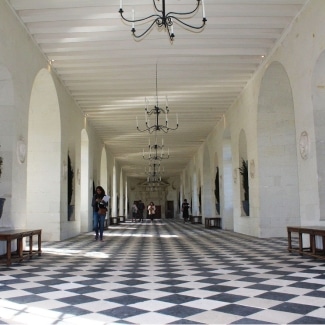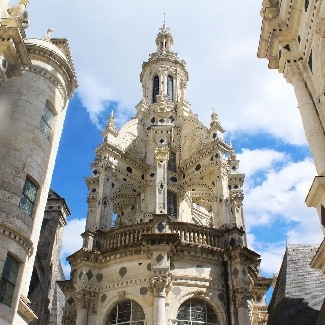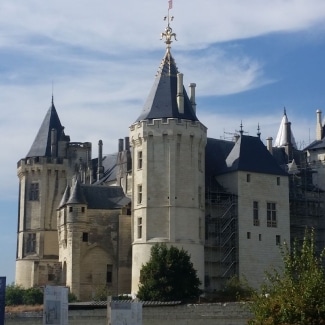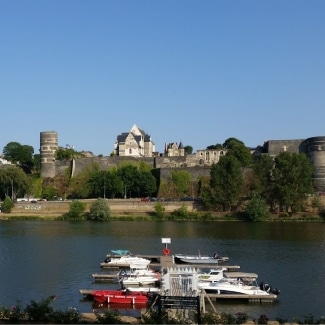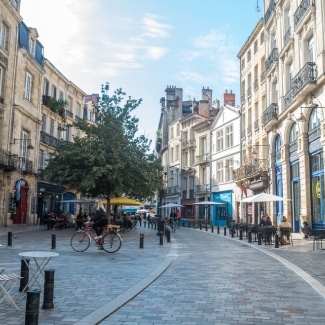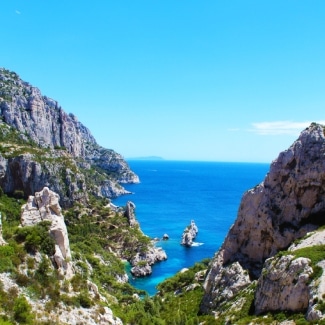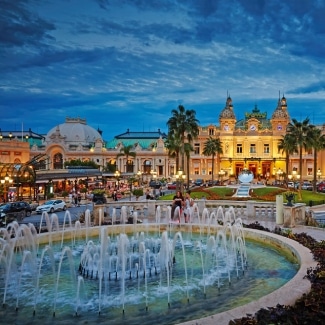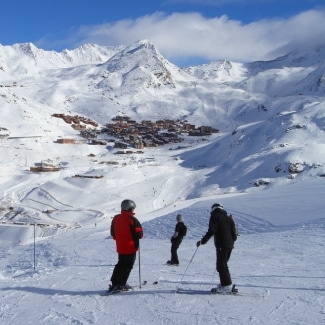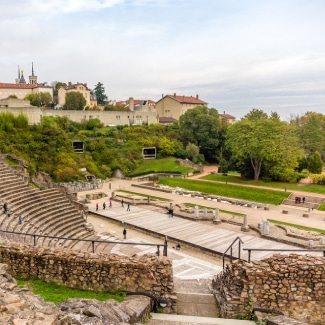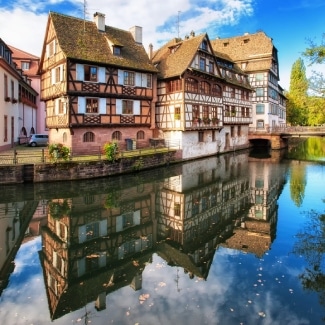French Alps, Strasbourg, Lyon
Lastly, the Eastern handle of the country, also known as Le Grand Est, is an absolute delight for the senses!
Each region of France mirrors its closest border and takes on cultural aspects due to proximity and boundary lines that have gone back and forth for centuries. The East takes on influence from its next-door connections of Belgium, Luxembourg, Germany, and Switzerland.
From towns like Strasbourg that looks like a Disney fantasyland, to the glaciers and mountain peaks of the French Alps, to the Vineyards of Burgundy – you will find no shortage of activities in Le Grand Est.
The French Alps
The Alps are Europe’s largest extending mountain range, split between France, Switzerland, Monaco, Liechtenstein, Austria, Germany, Slovenia, and Italy. The French portion is located 7 hours from Paris, heading Southwest by car. The main cities you can stay in are Chamonix, Chambéry, or Grenoble. Mountains surround each and will offer you outstanding hiking, skiing, snowboarding, and even river rafting in certain valleys. The area changes a lot depending on the time of year you’re visiting, so consider the seasonal activities you aim to do.
Lyon
2 hours West of the French Alps lies the capital city of the Auvergne-Rhône-Alpes region, Lyon.
During the Renaissance period, Lyon was at the heart of a gastronomy revolution (an increasing love of food and a developing understanding for cuisine between the 15th-17th century). Since this period (known as the ‘rebirth’ of Europe), Lyon has been respected for its welcoming ambiance and ancient landmarks that date back to 1 B.C.
Be sure to check out the Roman Amphithéâtre des Trois Gaulesm and UNESCO World Heritage Site, Basilica “Notre-Dame de Fourvière,” which was built to thank the Virgin Mary for sparing their city during the French-Prussion War. The church is constructed on top of a Roman Site that was once believed to be a public forum.
Strasbourg
Last but certainly not least… Strasbourg is a slice of Disney’s ‘Beauty and the Beast,’ carved into reality. It’s so picturesque that it almost doesn’t look real. I visited this town for 2 nights, escaping my studies for a quick fairytale moment in the Alsace (swoon!)
The Alsace-Lorraine region is known for its blend of German and French culture, owned by Germany until ownership reverted to the French in 1920 within the Treaty of Versailles agreement.
To be honest, there isn’t much to do here unless it’s the holidays and you’ve got Christmas markets in centre-ville. And everything is desolate on Sundays for religious reverence.
But the shops are chic, the wine is fine, and you won’t find another place quite like it! Tour the staggering Cathédrale Notre-Dame-de-Strasbourg and visit Le Petite France for photo-worthy backdrops. For dinner, check out options like Restaurant Le Kuhn for legit Alsatian food, including flammkuchen and cordon bleu.
If you love this vibe and want more, visit nearby towns like Colmar, Eguisheim, Kaysersberg, and Riquewihr. You can make a week out of it and live in artwork, all at arm’s reach from Paris!




